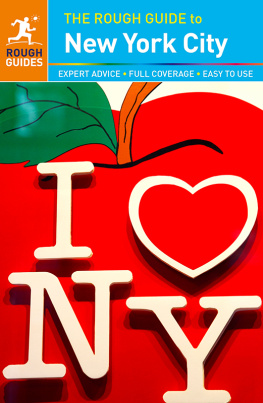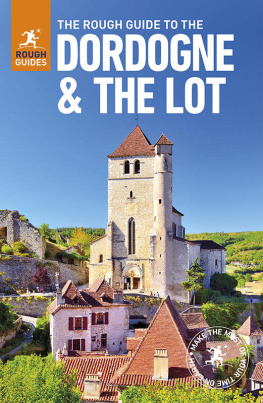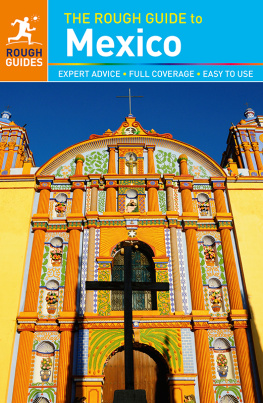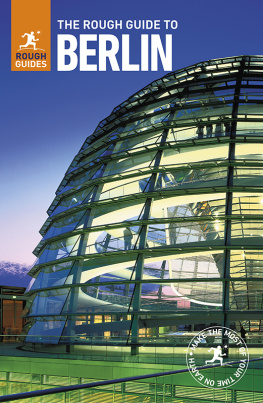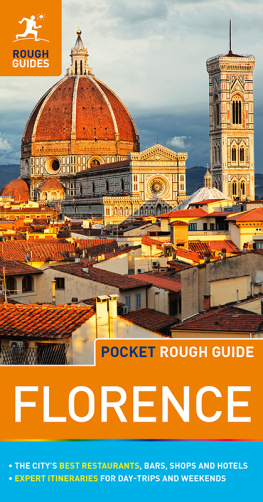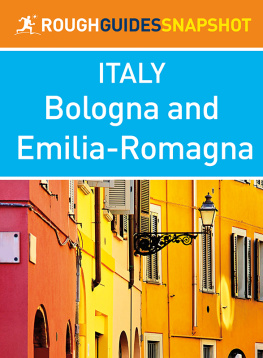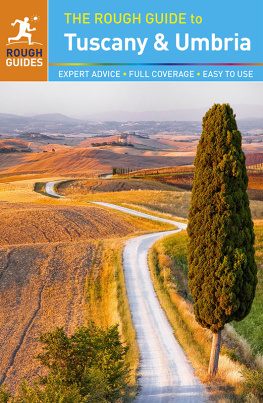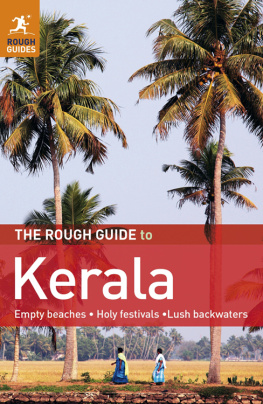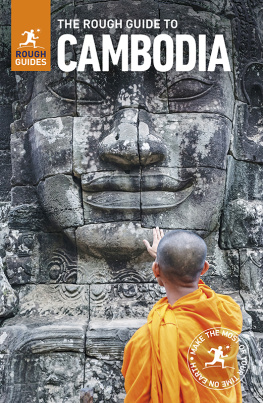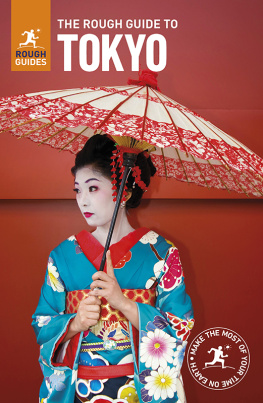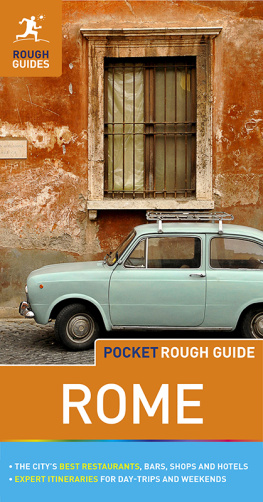How to Use this Rough Guide ePub
This Rough Guide is one of a new generation of informative and easy-to-use travel-guide eBooks that guarantees you make the most of your visit before, during and after your stay. Use this eBook both to plan your trip and explore your destination when visiting. So, before you depart, check out the illustrated Introduction, plan your itinerary using the wealth of suggestions on offer, or simply browse the guide and be inspired.
The best way to explore this guide is to begin at the main table of contents. The first section of the eBook gives you a flavour of the destination, with must-see sights and suggested itineraries. This is followed by: the Basics essential practical information; the best sights, area by area; listings on everything from hotels and restaurants to festivals; and Contexts, the history of the destination and its presence in popular culture.
Shorter contents lists appear at the start of every section in the guide, and are designed to make chapter navigation quick and easy. You can jump back to these by tapping the chapter-heading links that sit with an arrow icon at the end of every article.
Every area of the destination has a clear and beautifully presented map. Depending on your hardware, you will be able to double-tap on the maps to see larger-scale versions fill your screen.
As you use this guide, youll notice that some entries are marked by a small Rough Guides running man icon; this denotes the authors picks. You can select your own favourites and create a personalized itinerary by bookmarking the sights, venues and activities that are of most interest, giving you the quickest possible access to everything youll need for your time away.
Introduction to Italy
Its the worlds most celebrated tourist destination, and rightly so. Italy really does have it all: one of the most diverse and beautiful landscapes in Europe; the worlds greatest hoard of art treasures (on display in fittingly spectacular cities and buildings); a climate that is on the whole benign and mild; and, most important of all for many, a delicious and authentic national cuisine. Yet Italy is not perfect. Corruption still reaches to the highest levels, historic cities have been marred by development, and beyond the showpiece sights the countrys infrastructure is visibly straining. But the fact is that many of the clichs of an idyllic Italy still hold true and once youve visited, you might never want to travel anywhere else.
If there is a single national Italian characteristic, its to embrace life to the full: in the hundreds of local festivals taking place across the country on any given day to celebrate a saint or the local harvest; in the importance placed on good food; in the obsession with clothes and image; and in the daily ritual of the collective evening stroll or passeggiata a sociable affair celebrated by young and old alike in every town and village across the country.
Italy only became a unified state in 1861, and, as a result, Italians often feel more loyalty to their region than to the nation as a whole something manifest in its different cuisines, dialects, landscapes and often varying standards of living. There is also the countrys enormous cultural legacy: Tuscany alone has more classified historical monuments than any country in the world; there are considerable remnants of the Roman Empire all over the country, notably in Rome itself; and every region retains its own relics of an artistic tradition generally acknowledged to be among the worlds richest. Yet theres no reason to be intimidated by all this. If you want to lie on a beach, there are any number of places to do so, from the resorts filled with regimented rows of sunbeds and umbrellas favoured by the Italians themselves, to secluded and less developed spots in the south. Mountains, too, run the countrys length from the Alps and Dolomites in the north right along the Apennines, which form the spine of the peninsula. Skiing and other winter sports are practised avidly, and wildlife of all sorts thrives in the national parks.
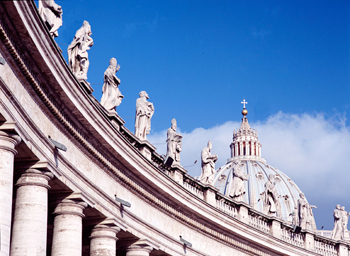
Statues in Piazza San Pietro, Rome
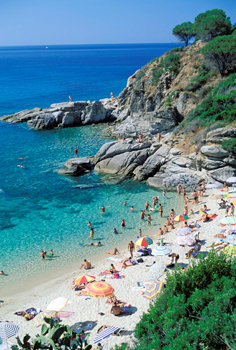
Beach on the island of Elba
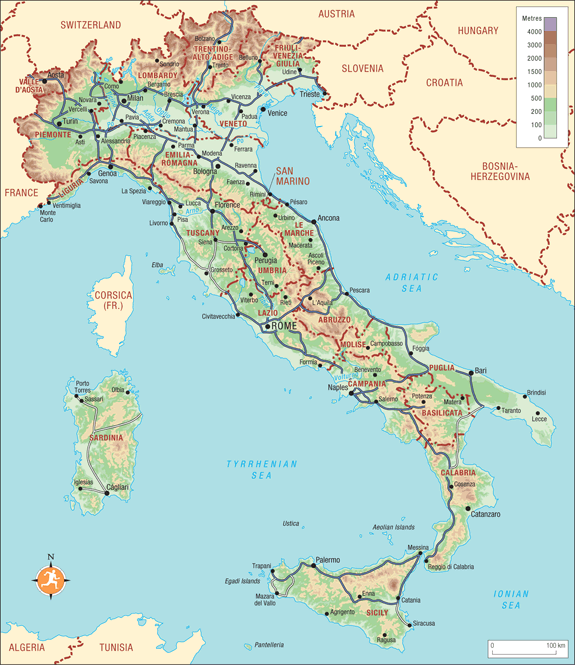
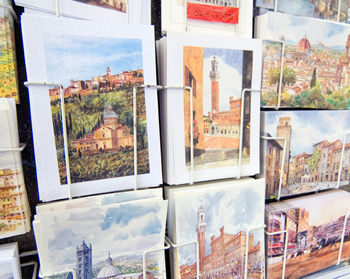

Giambolognas Oceano, the Bargello, Florence
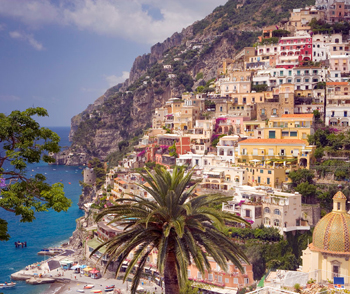
Positano
Fact file
Italy is a peninsula, shaped rather like a boot, jutting out into the Mediterranean Sea. It covers a surface area of 301,230 square kilometres and includes the islands of Sardinia and Sicily. The distance from the tip of the countrys toe to its northern border is about 1380km. Much of the land is mountainous, the highest point being Mont Blanc (4748m) in the north.
Italy became a nation state in 1861, under King Vittorio Emanuele II, and has been a democratic republic since 1946, when the monarchy was abolished by popular referendum. The parliament consists of two houses, the Senate (315 seats) and the Chamber of Deputies (630 seats); both sit for five-year terms of office and are elected by a system of proportional representation. The president is elected for a seven-year term by a joint session of parliament and regional representatives. Real power, however, lies with the prime minister, who is generally the leader of the party with the biggest majority in the Chamber of Deputies.
Italys population is just over 59 million, over 4 million of whom live in the capital, Rome. The country is divided geographically and administratively into 15 regions and 5 autonomous regions.
The average family has 1.27 children the lowest birth rate in Europe and 20 percent of the population is over 55.
The average Italian eats 25 kilos of pasta annually, and the nation drinks a staggering 14 billion cups of coffee every year.
Where to go
The north and central parts of the country are the most discovered parts of Italy. The regions of Piemonte and Lombardy, in the northwest, make up the countrys richest and most cosmopolitan region, and the two main centres, Turin and Milan, are its wealthiest cities. In their southern reaches, these regions are flat and scenically dull, especially Lombardy, but in the north the presence of the Alps shapes the character of each: skiing and hiking are prime activities, and the lakes and mountains of Lombardy are time-honoured tourist territory. Liguria, the small coastal province to the south, has long been known as the Italian Riviera and is accordingly crowded with sun-seekers for much of the summer. Nonetheless, its a beautiful stretch of coast, and its capital, Genoa, is a vibrant, bustling port town with a long seafaring tradition.
Much of the most dramatic mountain scenery lies within the smaller northern regions. In the far northwest, the tiny bilingual region of


